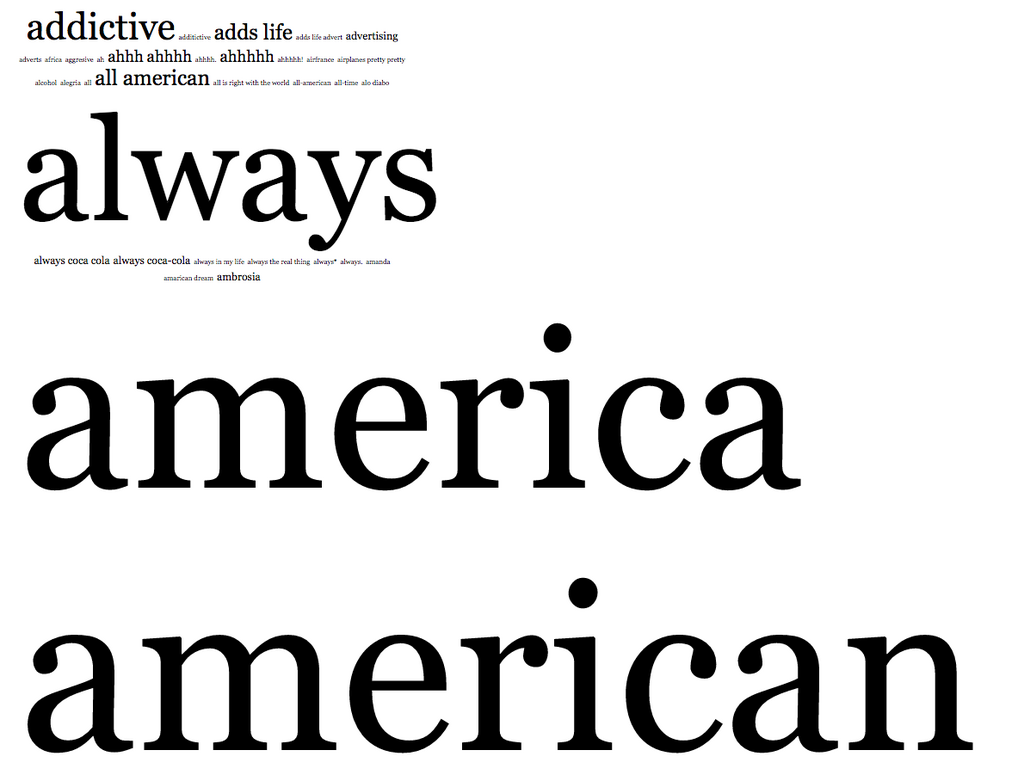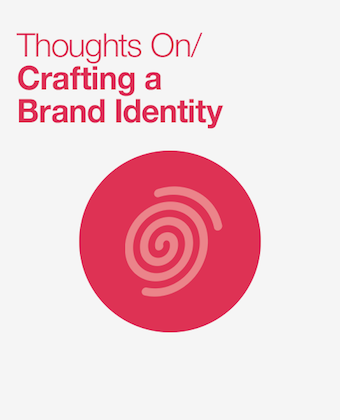20 Social Media Holidays to Celebrate This May
By Yasmin PierreApr 10
Unlock the secrets to staying ahead in the ever-evolving world of social media marketing.
Published August 9th 2016
Brands work hard to foster an identity.
Certain qualities are brought to mind when a consumer thinks of a company, and marketing campaigns and products are all designed to reinforce these brand associations.
Brand associations help to build value around a brand. Combined with brand awareness these associations make up brand equity – if consumers are aware of the brand and have strong, positive associations, your brand has equity with consumers.
Brand associations are a set of remembered qualities that help communicate information to the customer. These qualities should differentiate one brand from the competition, and therefore provide a reason to buy that brand over the other.
These qualities should provide positive attitudes and feelings.
Brands help foster these associations, fostering them through marketing activities. But also, brand associations can develop outside of a business’s control. A poor journalist review or a PR disaster amplified by social media can harm the brand and place new associations in the minds of consumers.
Brand associations are a vital part of building a brand identity. Specifically, they can:
 Discovering brand associations
Discovering brand associationsHow do you find out what these brand associations are? There are a few methods available, each with their own strengths and weaknesses.
Surveys and focus groups can unearth associations from general consumers and loyal customers.
You do have to factor in response bias, where people give different answers as they are being asked direct questions and feel a certain pressure. It can also be prohibitively expensive for some, although online survey sites reduce the cost.
The website brandtags.com shows a brand logo and asks visitors to type the first word they associate with that brand. Once you have entered 5 words, you can look at the results.
Over time they have built up a database of brand associations. While this provides an interesting topic cloud, the number of brands covered by the site is limited.
There are some responses that are humorous and may not be entirely genuine, and also some answers where people have clearly got two brands confused (Dow Jones with Dow Chemicals, for example).
The below image shows some of the associations with Coca-Cola.
 Search data
Search dataIn this Think with Google post, Google recommends using search data. We often think of searches as standalone requests for information, but Google says that each search session will often contain several searches.
By analyzing searches that happen in the same session, associations can be unearthed. Google recommends heading to Google trends and checking out ‘related topics’ and ‘related queries’ after searching for your brand.
The data available is limited, and may be more useful when there are a larger number of searches carried out. It does allow you to conduct some competitive research, which can be useful.
Social intelligence can uncover brand associations through natural conversations. It provides a mix of qualitative and quantitative data.
Writing a search for your brand allows you to look at topics around the brand, and identify which are more common than others.
You can also analyze trending topics, helping you to understand if any events or campaigns are changing the associations around your brand.
Dove has a history of promoting a positive body image in its marketing material. Looking at the topic cloud for associated topics paired with mentions of Dove, this emphasis appears to be reflected in the way people talk about the brand.
Social intelligence is also useful for competitor analysis.
Once you have identified the topics that you want customers to think of in relation to your brand, you can undertake comparative brand associations using social data.
The below chart compares three electric cars and the percentage of conversation around car qualities. BMW could use this information to highlight the fuel efficiency of its cars, as it is clearly already established in the minds of consumers.
Uncovering these associations allow brands to maximize the positive aspects and develop strategies to deal with any negative ones. It can let you know what your competitive advantage is, and what makes a customer chose you over the competition.
To discover more about crafting a brand identity, download our free guide below.
Offering up analysis and data on everything from the events of the day to the latest consumer trends. Subscribe to keep your finger on the world’s pulse.

Existing customer?Log in to access your existing Falcon products and data via the login menu on the top right of the page.New customer?You'll find the former Falcon products under 'Social Media Management' if you go to 'Our Suite' in the navigation.
Brandwatch acquired Paladin in March 2022. It's now called Influence, which is part of Brandwatch's Social Media Management solution.Want to access your Paladin account?Use the login menu at the top right corner.